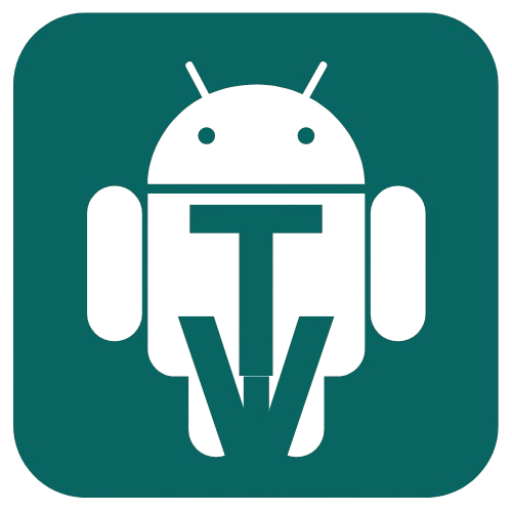Super Mario Run has been a seminal game in Nintendo’s mobile gaming debut since its release in 2016.
First released just on iOS in December 2016, the game made its way to Android on Google Play on March 23, 2017.
Which was a big deal for Android consumers who wanted to play Mario’s famous platforming on their gadgets.
The features, reactions, and effects of the game since its release on the platform are examined in this article.
Modes and Gameplay
Super Mario Run transforms the traditional 2D Mario concept into an auto-runner in which users tap the screen to make jumps and the plumber runs ahead on his own.
The mechanics differ; short taps cause tiny hops, while longer holds cause greater jumps that enable accuracy when navigating obstacles and foes. There are three modes in the game:
World Tour: A 24-level campaign with Bowser showdowns and coins that mimics classic Mario gameplay.
Toad Rally: In this competitive game, users must race other people’s ghost data in order to gather cash, win over Toads, and get goods that can be customized for their kingdom.
Kingdom Builder: This adds a creative touch by allowing players to use their earned coins to build a customized kingdom.
Growth and Profitability
Nintendo made the calculated choice to port Mario to mobile devices in an effort to appeal to a wider audience.
In contrast to the widely used freemium business model, the entire game requires a one-time $9.99 purchase even if it is free to download.
Reactions to this strategy were divided; some criticized the upfront expense, while others welcomed its clarity regarding no microtransaction.
Although the game’s conversion rates to paying customers were lower than expected, it nonetheless had over 200 million downloads by 2018.
Reactions and Remarks
Although the Android release was enthusiastically received, criticism surfaced. Mario’s appeal was captured through praise for the game’s dependable graphics, engaging soundtrack, and simple controls.
However, the cost and the obligation to be online at all times caused criticism. Updates largely fixed performance concerns on various Android devices at launch, making the experience more seamless.
Impact and Legacy
Nintendo’s mobile initiatives, such as Fire Emblem Heroes and Animal Crossing: Pocket Camp, were made possible by Super Mario Run.
It showed Nintendo’s capacity to innovate within mobile limits by fusing traditional gameplay with touchscreen simplicity, even though it wasn’t the commercial powerhouse some had anticipated.
By making Mario available on Google Play, it increased accessibility and reached millions of Android users.
In conclusion
Super Mario Run continues to be a significant chapter in mobile gaming six years after its release.
Although there are limitations with regard to price and connectivity, it provides Android users with a sophisticated, nostalgic experience.
Super Mario Run, which bridges the gap between console tradition and smartphone accessibility, is a tribute to Nintendo’s adaptability, even though more recent games have since eclipsed it.
Platforming enthusiasts should download it from Google Play, whether out of nostalgia or curiosity.
